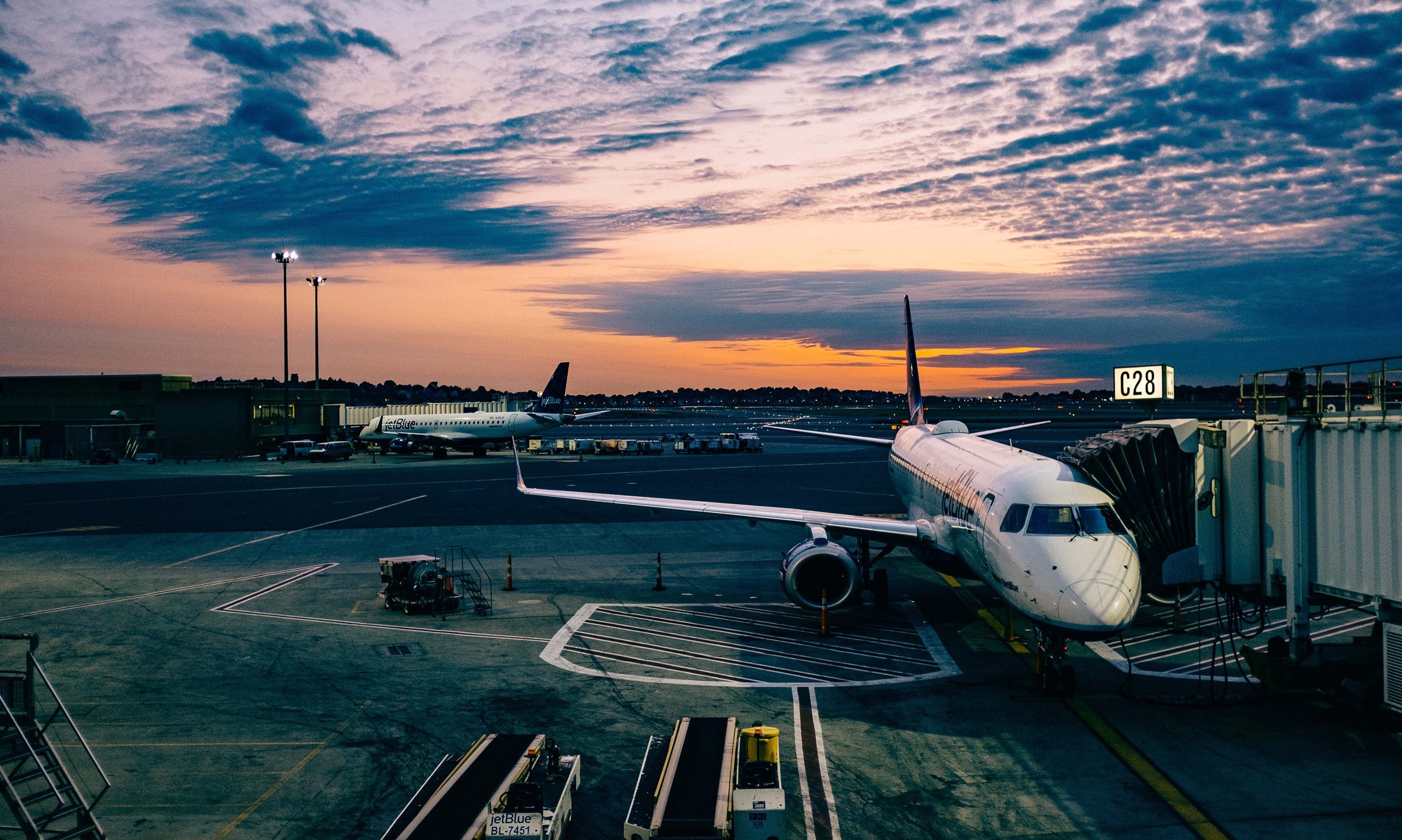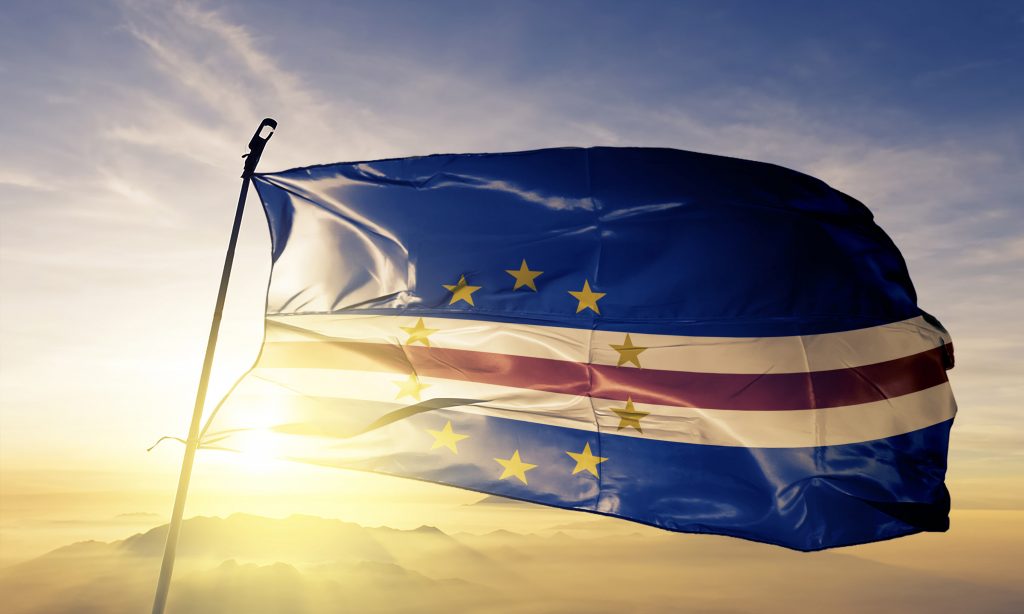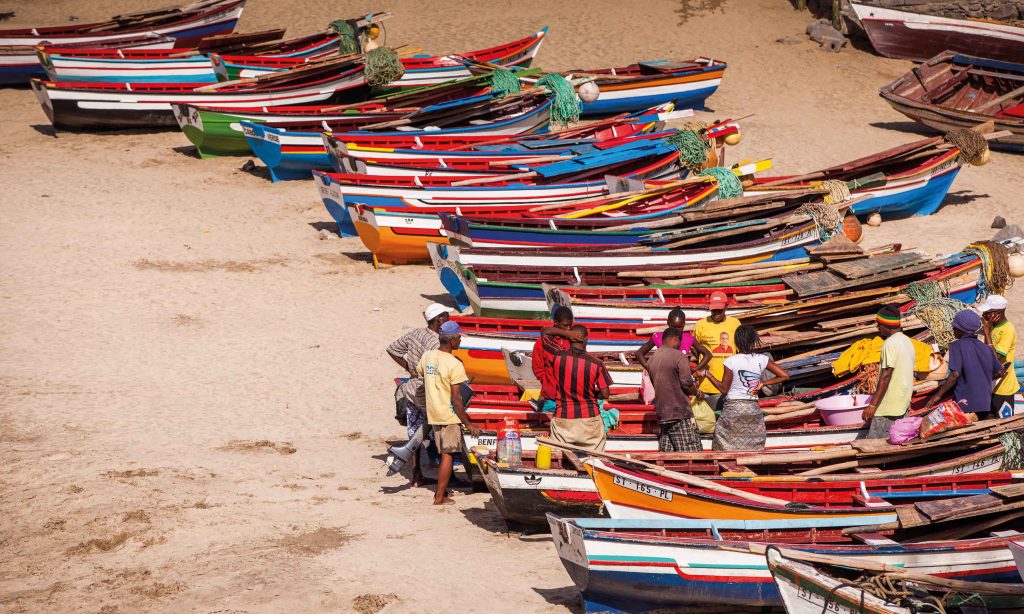
Government Support for Tourism Investment in Cape Verde
Tourism to the lush Islands of Cape Verde is set to increase to unprecedented levels, thanks to government support. Already a favourite among holidaymakers and luxury travel agencies, the country welcomed over 765,000 tourists to its shores in 2018, which led to more than 4.9 million overnight stays, with a growth of 6.8% and 7.4%, respectively, according to the National Statistics Institute (INE). Now the government aims to grow this number further, planning to attract one million tourists by 2022, creating space for large amounts of foreign tourism investment.
Worth its weight in gold
Cape Verde’s tropical lushness, relaxed ambience and pristine beaches make it a top luxury tourist destination, especially among Europeans. Tourism accounts for more than 20% of the total gross domestic product (GDP) on average, and 45% of the GDP is derived from tourism-related services. The Resort Group PLC, a world-class luxury hospitality company positioned at the centre of Cape Verde’s tourism boom, hosts about 60% of the tourists coming to the Islands and contributes close to 20% of Cape Verde’s GDP. Its Founder and Executive Chairman, Rob Jarrett, believes the government has done a “fantastic job” of supporting tourism – and this is only set to get better.
Government support for tourism
The start of 2019 saw Cape Verde implement visa-free travel for British and other European citizens. This move is expected to increase tourism investment and boost tourism-related services. The UK already leads as the number one source for holidaymakers on the Islands, with tens of thousands of pounds flowing into the economy as foreign direct investment (FDI) each year. Visa-free travel will attract larger numbers.
Moreover, the government has ambitious transport plans for the future. The Islands currently have four international airports, with a robust open skies policy that ensures domestic and international service through leading airlines. Cape Verde is one of only a handful of African countries to have a category one certified airport. Building on their strong base, the government plans to improve inter-Island transport networks, so that tourists can move around more freely and further extend their stay. Several regulations and large investments in the aviation sector now see Cape Verde playing a crucial role in linking the four continents of Africa, North America, South America and Europe.
The marine sector is not far behind. Substantial government support for tourism through public investment has seen the seaports modernised with the latest technology, inviting more cruise ships to drop anchor. There is also a new cruise-ship terminal being built to allow a more efficient flow of these large vessels.
Preserving their natural heritage
The beauty of Cape Verde is what draws its tourists: the white sands, the blue economy and the teeming greenery. Cape Verde’s government is working hard to preserve that natural beauty through investment and regulation.
Cape Verde is at the forefront of the global fight to preserve marine life. It supports the UN’s Sustainable Development Goal 14 and has adopted the 2015 concept of Blue Growth and Economy. Made up of 10 Islands and surrounded by 900,000 square kilometres of ocean, Cape Verde considers its waters a vital part of its heritage and places the blue economy at the centre of its tourism industry. Regulations to preserve that economy will allow tourism to flourish, especially as such untouched beauty becomes rarer.
Spoilt for choice
This government support for tourism has created space for large foreign investment. Companies looking to invest in Cape Verde will find themselves spoilt for choice, especially with lucrative government incentives. To find out more about Cape Verde’s potential, contact our team.


